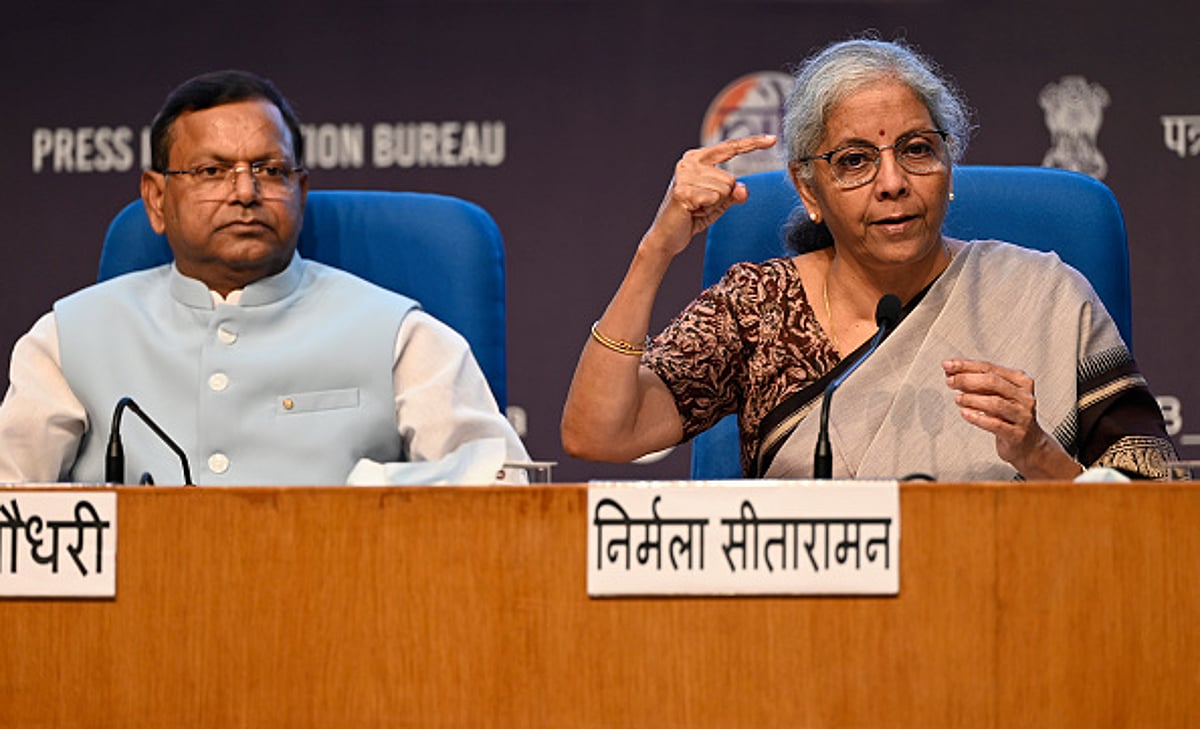Will You Pay for UPI? RBI Mulls Transaction Fees, Sparking Debate

India's Unified Payments Interface (UPI) has revolutionized digital payments, becoming a cornerstone of financial inclusion since its launch in 2016. Millions of Indians now rely on UPI for everything from daily transactions to large financial dealings. However, a recent discussion within the Reserve Bank of India (RBI) regarding potential transaction fees on UPI has ignited a national debate. Could the era of free UPI transactions be coming to an end?
The Rise of UPI: A Payments Phenomenon
Before delving into the potential changes, it's crucial to understand UPI's remarkable journey. Launched in 2016, UPI rapidly evolved from a nascent platform to a dominant force in India’s payment ecosystem. Transaction volumes and values have skyrocketed, surpassing all expectations. Its ease of use, interoperability across banks, and near-instant settlement have made it incredibly popular with consumers and merchants alike. UPI’s success story is intertwined with the Indian government’s push for a cashless economy and the widespread adoption of smartphones.
RBI's Considerations: Sustainability and Merchant Fees
The RBI's consideration of transaction fees stems from a desire to ensure the long-term sustainability of the UPI system. Currently, merchants pay interchange fees – a small fee levied on transactions – but these are borne by the banks and payment service providers. The discussion revolves around whether these fees should be passed on to consumers for larger transactions, particularly for high-value payments. Sources indicate the RBI is exploring models where merchants might pay a fee for transactions exceeding a certain threshold.
Why the Change? Potential Benefits and Concerns
Proponents of transaction fees argue that they could incentivize merchants to adopt UPI more widely, as they would be more conscious of the costs associated with accepting payments. It could also ensure that the system remains financially viable in the long run, allowing for continued innovation and improvements. However, concerns are being raised about the potential impact on consumers, particularly those who rely on UPI for small, everyday transactions.
Critics worry that introducing fees could discourage UPI usage, especially among lower-income groups who are heavily reliant on the platform for their financial needs. There’s also the risk that it could benefit larger payment processors at the expense of smaller banks and fintech companies. The debate highlights the delicate balance between fostering innovation and ensuring equitable access to financial services.
The Current Landscape and Future Outlook
It's important to note that the RBI's discussions are still in preliminary stages. No final decision has been made, and the central bank is actively seeking feedback from stakeholders, including banks, payment providers, and consumer groups. The government is also closely monitoring the situation, given the political sensitivity surrounding any potential changes to a system that has become so integral to the Indian economy.
The future of UPI hinges on finding a solution that balances the need for financial sustainability with the imperative of maintaining its accessibility and affordability for all Indians. The coming months will be crucial as the RBI weighs the various options and navigates this complex issue.
What does this mean for you?
For now, UPI transactions remain free. However, keep an eye on developments, especially if you frequently make large payments via UPI. The potential introduction of transaction fees could impact your digital payment habits.






